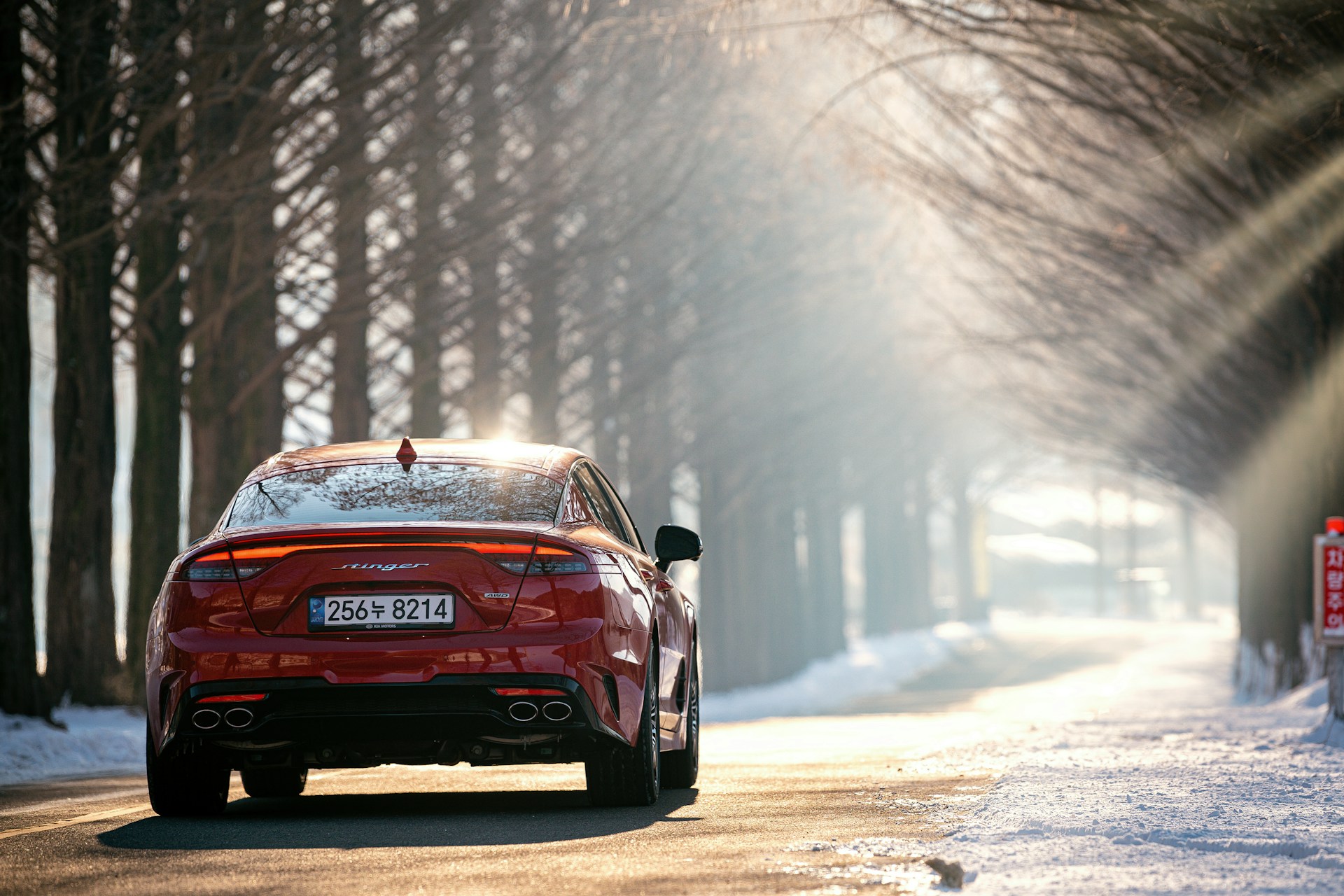As many small cars disappear from the market, Kia has given the Picanto a refresh to keep it relevant. This compact city car remains one of the most affordable options for urban drivers, despite the ongoing decline of its segment. While it may not be the fastest car to hit the roads in 2024, the Picanto continues to offer an appealing blend of practicality, affordability, and fun.
The Changing Landscape of City Cars
The market for small cars has been shrinking, with manufacturers moving away from the segment due to low profit margins, the increasing cost of safety features, and shifting consumer preferences. However, ultra-compact, economical vehicles like the Kia Picanto still serve a valuable purpose. In a world dominated by larger SUVs and electric vehicles, the continued existence of a small, budget-friendly hatchback is a welcome sight.
While the latest update does not introduce groundbreaking changes, the Picanto remains a likable and capable option. It retains the qualities that have always made it a strong contender: an engaging driving experience, a well-appointed interior, and compact dimensions ideal for city driving.
Design & Styling: A Familiar Platform with a Modern Look
The 2024 Picanto benefits from a visual update, adopting Kia’s latest design language. The most striking change is the addition of hammerhead-style headlights, inspired by Kia’s largest SUV, the EV9. These give the car a more aggressive front-end look while maintaining its compact proportions.
Despite these exterior tweaks, the Picanto is still based on the same platform introduced in 2018. It retains its MacPherson strut front suspension and torsion beam rear suspension setup. One of its key strengths remains its narrow body, which allows it to navigate tight city streets with ease. Even in congested traffic, it can slip through spaces that would force a Volkswagen Up to slow down.
A significant change comes in the form of its engine lineup. Kia has discontinued the 1.0-litre turbocharged engine, which previously provided a sportier driving experience. Instead, buyers now have a choice between two naturally aspirated petrol engines. The 1.0-litre three-cylinder engine has seen its power output drop from 66bhp to 62bhp, though Kia claims improvements in emissions performance due to optimized intake valve timing and better exhaust gas recirculation.
Additionally, the 1.2-litre four-cylinder petrol engine, which was removed from the range in 2020, has returned. However, it too has been slightly detuned, now producing 77bhp instead of its previous output. These reductions in power are largely a result of efforts to meet stricter CO2 emissions targets.
Interior: Practical and Grown-Up
Inside, the Picanto retains its simple yet effective layout. The cabin feels more mature than one might expect from a city car in this price range. The infotainment and climate control systems are logically positioned, ensuring ease of use while driving. The quality of materials used in the interior is decent, offering a more premium feel compared to some rivals.
Despite its compact size, the Picanto is surprisingly practical. It offers reasonable interior space, making it a viable option for city dwellers who need a small car without sacrificing too much usability. However, one drawback remains the driving position, which some might find slightly awkward over long journeys.
Verdict: A Small Car That Still Matters
While the latest Kia Picanto may not be a radical departure from its predecessor, it continues to fill an important gap in the market. Its affordability, compact dimensions, and improved efficiency ensure that it remains a relevant option in an era where small cars are becoming increasingly rare.
For urban drivers looking for a fun, well-equipped, and easy-to-maneuver car, the Picanto still makes a strong case for itself. Despite the loss of the turbocharged engine and minor reductions in power, it remains an engaging and practical choice for those who prioritize efficiency and affordability over outright performance.
